Tethered drones, also known as tethered aerial platforms, are becoming an increasingly popular tool for emergency and disaster response. With their ability to remain airborne for extended periods of time and provide real-time aerial surveillance, tethered drones are helping to improve response efforts during critical times. In this blog post, we will discuss the various ways in which tethered drones are used in emergency and disaster response.
Aerial Surveillance: One of the key advantages of tethered drones is their ability to provide real-time aerial surveillance. During a disaster, it is essential to have a comprehensive understanding of the affected area in order to respond effectively. Tethered drones can provide a cost-effective and rapid solution to this problem. They are capable of flying at a fixed height, providing a stable platform to capture real-time aerial footage and assess damage, identify survivors, and locate hazards. This information can be used to support search and rescue operations and to help with decision-making in response efforts.
Temporary Communication Relay: In many disaster scenarios, traditional communication networks are often damaged or unavailable. Tethered drones can provide a reliable wireless communication solution by acting as an intermediary between ground-based teams and other communication networks. This is especially useful in remote and difficult-to-reach areas where communications are essential to support response efforts.
Aerial Lighting / Illumination: Tethered drone aerial lighting systems are becoming a popular tool in various industries, offering a range of benefits over traditional lighting solutions. These systems consist of a drone tethered to a power source that provides a steady, high-intensity light source that can be positioned precisely where it is needed.
Search and Rescue: In search and rescue operations, tethered drones can be used to locate survivors and missing persons, especially in large-scale search and rescue operations. The drone’s real-time aerial surveillance capability, combined with its ability to fly for extended periods of time, makes it an ideal tool for searching large areas quickly and effectively. The drone’s footage can be analyzed in real-time, providing valuable information to response teams that can help to support search and rescue efforts.
Audio Announcement Equipment: Tethered drones can be used in conjunction with a megaphone to amplify messages in large outdoor areas or in emergency situations. The drone acts as an aerial platform to carry the megaphone, allowing the message to reach a larger audience and be heard more clearly. In emergency response, the drone’s ability to fly to high altitudes and reach remote areas makes it a valuable tool for delivering critical information quickly and efficiently.
Electro-optical/infrared Payloads: Tethered drones equipped with electro-optical/infrared (EO/IR) cameras are used in a variety of applications, including surveillance, monitoring, and emergency response. The cameras allow the drone to capture high-quality images and video in both visible light and infrared, providing valuable information to decision-makers in real-time. With having real time object and human tracking functions decrease the operator need also. In emergency response scenarios, tethered drones equipped with EO/IR cameras can be used to monitor and assess the extent of damage from natural disasters, such as earthquakes, hurricanes, and wildfires. The cameras provide real-time images of the affected area, allowing response teams to quickly assess the situation and plan their response efforts.
In conclusion, tethered drones are an asset in emergency and disaster response efforts. Their unique capabilities, including real-time aerial surveillance, temporary communication relay, aerial illumination, audio announcement and payload options, make them an ideal tool for responding to natural disasters, search and rescue missions, and other emergency situations. Zenith Aerotech develops affordable, easy-to-deploy tethered aerial vehicles (TAVs). Like drones, TAVs are small and easily transportable. However, they have the added benefit of being able to stay aloft for hours, and even days, at a time—delivering true persistent surveillance.
